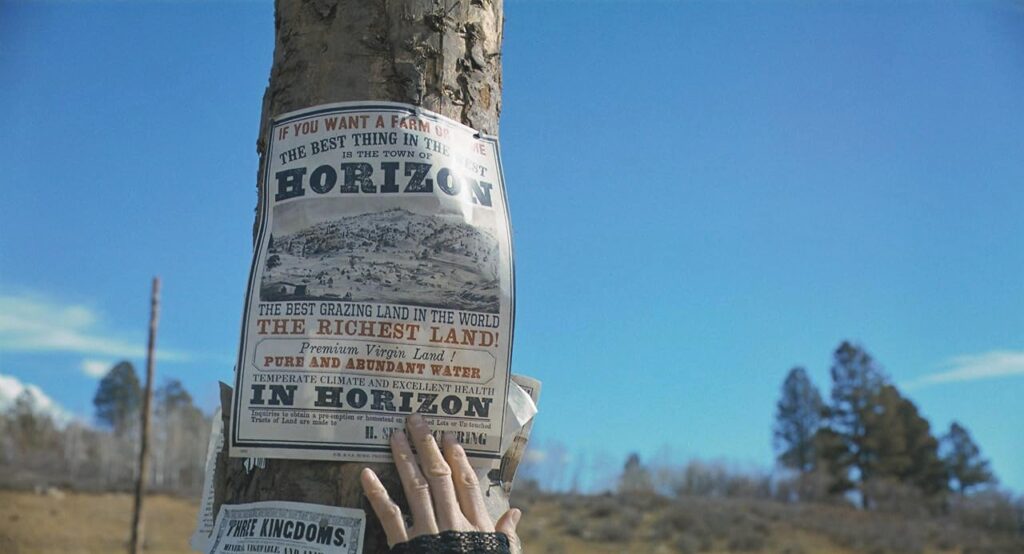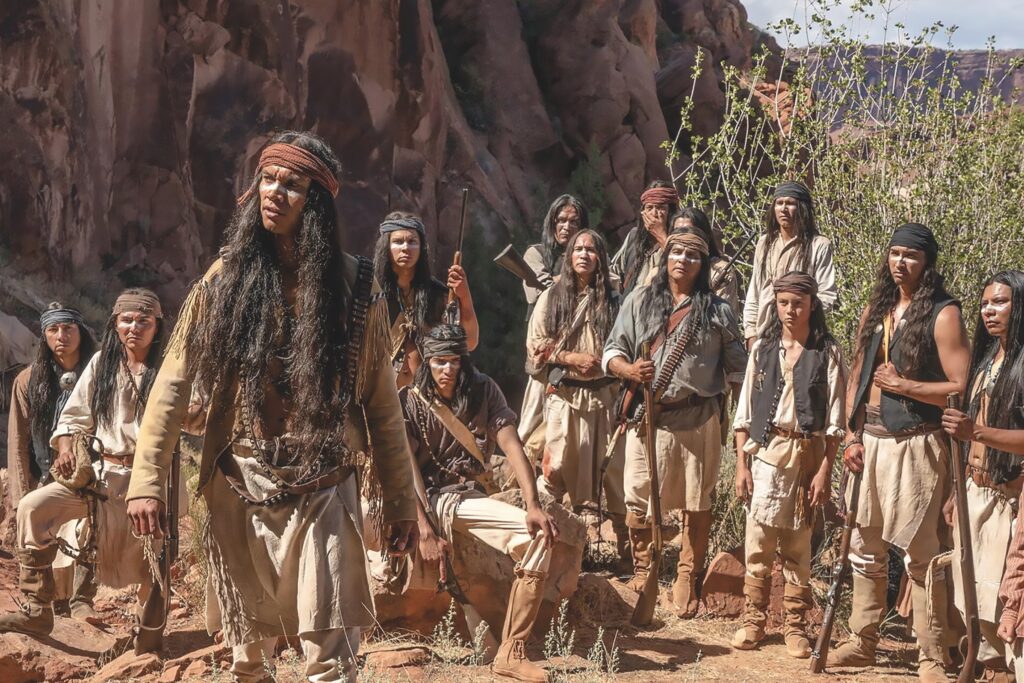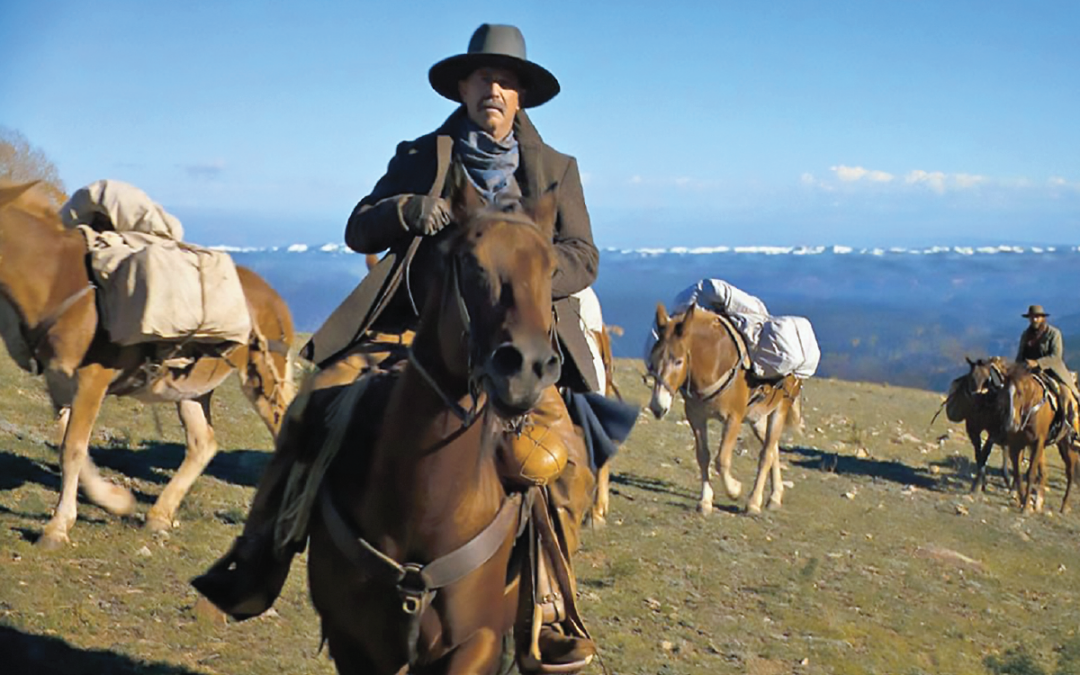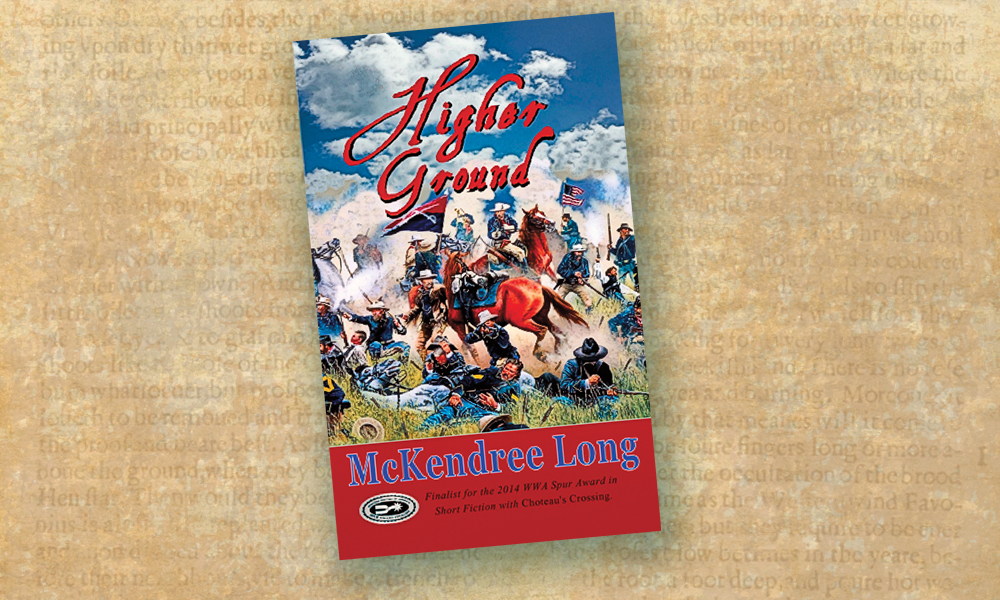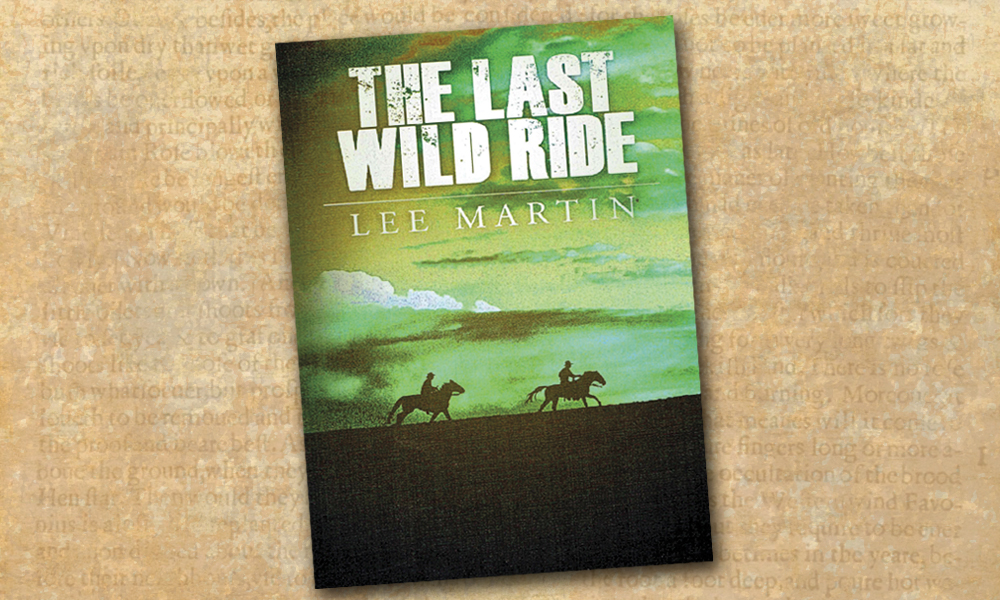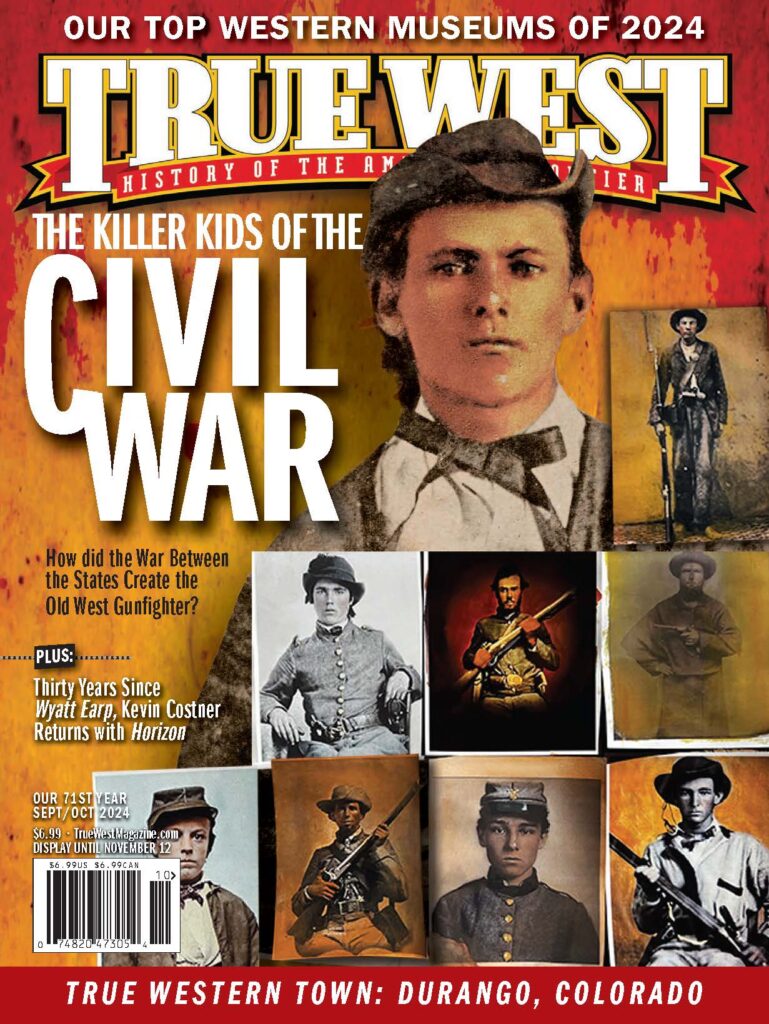Our experts weigh in on the fate of Kevin Costner’s four-part film series.
Oscar-winning actor, director, producer Kevin Costner blinked back grateful tears at the Cannes Film Festival in May, after an 11-minute standing ovation following the premiere screening of Horizon–An American Saga–Part 1. “I’ll never forget this,” he told the audience. “I made this [movie]… it’s not mine anymore; this is yours, and I knew that the minute it was over.” Deadline: Hollywood’s takeaway was, “an impressive beginning for Costner, who is just trying to keep the American Western alive. But he may, with this innovative roll of the dice, also be trying to keep theaters alive at the same time, that is, if there is still an appetite for Westerns. Hopefully there is.” But surprisingly, the members of the Cannes audience were not representative of the critics: the reviews coming out of Cannes were lukewarm.

Things went further awry when Horizon opened stateside. To understand why the film’s box office has fallen so short of expectations, rushing Part 1 to streaming services, and indefinitely postponing the theatrical release of Part 2, with Part 3 in production and Part 4 in limbo, True West spoke to several people with experience in previous Western epics and miniseries.
As a child, then a teenager, Michael McGreevey acted in Day of the Outlaw, Death of a Gunfighter, and costarred with Robert Mitchum and Kirk Douglas—and married Sally Field—in the 1967 Western epic The Way West. “As a big fan of Costner’s Dances with Wolves and Open Range, I was thrilled that he’d managed to make a big-screen Western epic when nobody else would even try.” When McGreevey and his wife caught the first show on opening day in Valencia, California, he says, “we were joined by about 50 other people, and I did take note that the audience demographic was in the 55 to 70 age range. The film is very intricate and, at times, difficult to follow, attempt[ing] to weave together four different narratives. The thing I loved most about the film was its scope, but it may be too big and too ambitious for today’s marketplace. It’s a unique hybrid—a miniseries that wants to be on the big screen and viewed as four separate films, but still accepted as one unified film in the end.”
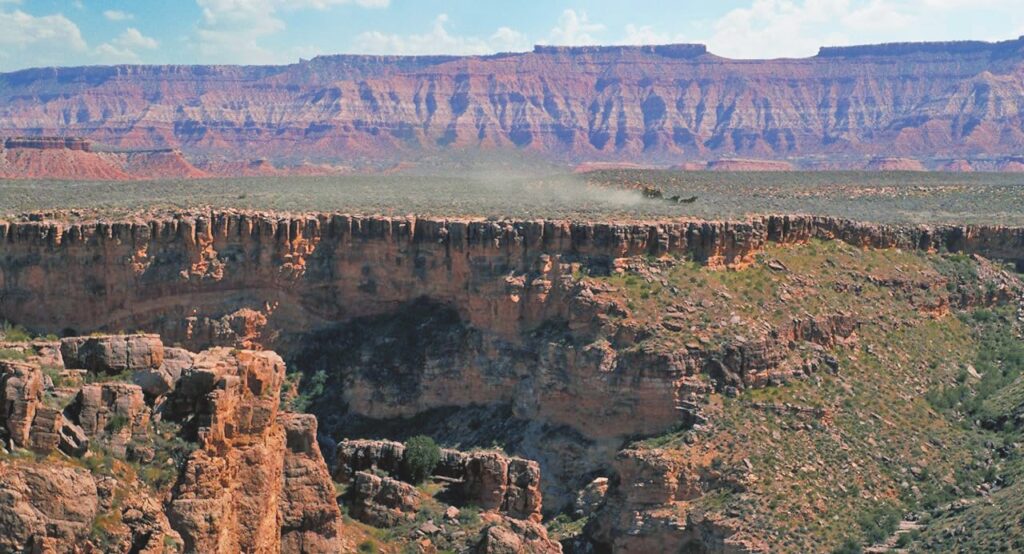

Film historian Michael F. Blake, author of the new John Ford book, The Cavalry Trilogy, saw the film in a half-empty theatre in Goodyear, Arizona. “No teenagers, no early twenties. I loved the film.” Early on, there is a breathtakingly convincing nighttime assault on a cabin. “The Apache attack was phenomenal, not just from the way it was shot, which was beautiful, but from a historical point of view.
“I always thought what Kevin was doing was admirable but dangerous because the first [movie] came out in June, and then the second one would come out in August,” says Blake, “which was a shorter time compared to Back to the Future 2 and 3. But you had characters that were already established [in 1]. One of the faults of bringing it out like this is you better hope that people remember what the hell was going on in the first chapter.”
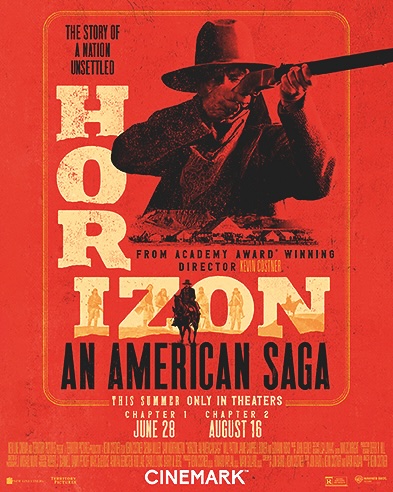
“I’m a huge Kevin Costner fan,” Bruce Boxleitner says. The actor who starred in the epic Western series How the West was Won adds, “I met him doing The Gambler [when Boxleitner was starring with Kenny Rogers], when Kevin was just a young stagehand. Every time I’ve ever seen the guy, I always thank him [for] trying to keep the Westerns going: Kevin’s the last man standing.
“That hundred million was all on the screen. The cast is great across the board: Will Patton, Sam Worthington, Sienna Miller—on YouTube, all the actors describe their experiences, and the Brits were really challenged by it,” notes Boxleitner. “But old Will, Jeff Fahey and those guys, they’re Western veterans. Is it that the general public isn’t interested in Westerns anymore? Or that they don’t want to invest themselves? Because you have to invest yourself, because there’s not going to be an end to the story at the end of three hours.”
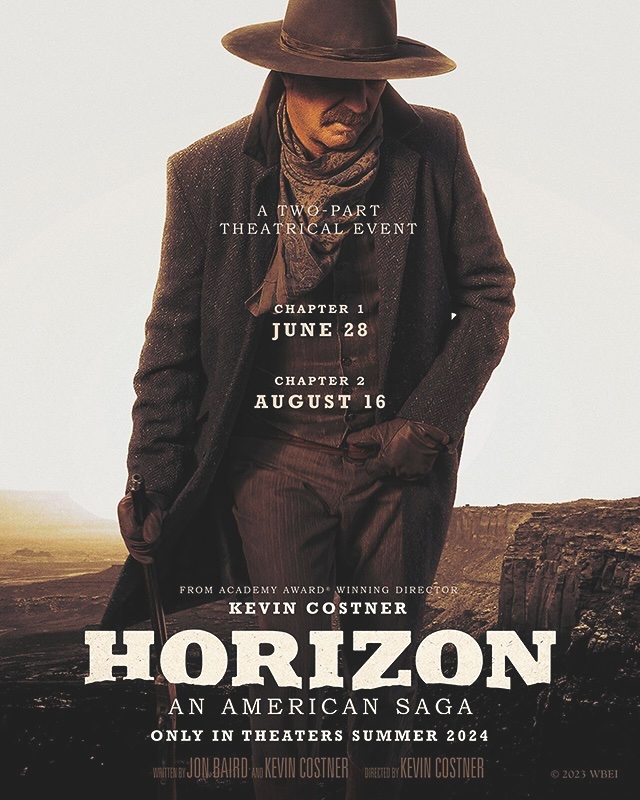
“Like all maverick artists, Kevin Costner took a risk. He rolled the dice with stakes in excess of $100 million on the table,” says writer Kirk Ellis, double Emmy-winner for John Adams, and author of this year’s Apple+ miniseries Franklin. “And he lost his bet. Having spent five years in the Taylor Sheridan-verse on the highest-rated premium cable show in history, Costner likely expected the Yellowstone audience to drive the initial box office. Problem being: that demographic has been slow to return to theaters post-COVID, and likely never will; in addition, they prefer to consume their ‘content’ in bite-sized chunks, sometimes pausing in the middle and resuming viewing the next day or days after.”
Ellis adds, “I don’t doubt that Costner and cowriter Jon Baird have the full story in their heads but a three-hour film that leaves nothing but loose ends? That ain’t a movie.”

“After watching the first three hours, I am mightily impressed with the visuals of the production,” says John Wilder, who adapted and produced the landmark 26-hour miniseries Centennial, based on James A. Michener’s novel. “Filming our production on distant locations in five states over eight months, I know the demands and difficulties his company confronted in however many sites and whatever time frame he had. Four directors shared the load of directing our film. It is very impressive that Mr. Costner could stay in the saddle for whatever length of time he did. I was also impressed with the uniformly strong performances, which I attribute to his deft hand and eye behind the camera as well as in front of it. But I am wondering what his vision of the hugely important era in the country’s history is; why he made the film, what he wants an audience to learn from it.
“Very talented filmmakers can sometimes forget they are, first and foremost, storytellers,” says Wilder. “Good stories are told through engaging characters. After investing three hours in the film where all the tropes of lawlessness, violence, revenge and savagery are on full display, I am not feeling invested in any of the replications of character types we have seen in these situations many times before. So far, I am feeling this ‘American Saga’ may be more a telling of the Western movement as portrayed in elements of classic Western films.”

“I think the film is a hell of an accomplishment; sometimes just visually stunning,” says novelist, screenwriter, director and author of the essential film interview book The Westerners, C. Courtney Joyner. “I loved John Denby’s score, just majestic. And Costner doesn’t shy from emotions—the little girl saying goodbye to the soldiers killed me—and Costner’s more support here than leading man, and that’s interesting.

“Some great performances, from Michael Rooker in a sympathetic part, and it wouldn’t be Costner without James Russo [a corrupt lawman in Open Range, a corrupt trading-post operator in Horizon],” Courtney adds. “If the cutting between multiple stories had been done in a more ‘traditional’ way—use of dissolves rather than straight cuts—it might have hit audiences without the confusion we’ve read about. I think Horizon will do great on streaming, and that’s where people are going to find it, and search out Part 2; the idea of Part 1 being so big on streaming that people will run to the theater for the next installment is pure PR nonsense.”
Henry C. Parke is True West’s Western Film and TV editor. His column on page 60 takes a critical look back at the 30th anniversary of Kevin Costner’s 1994 epic Western, Wyatt Earp.

